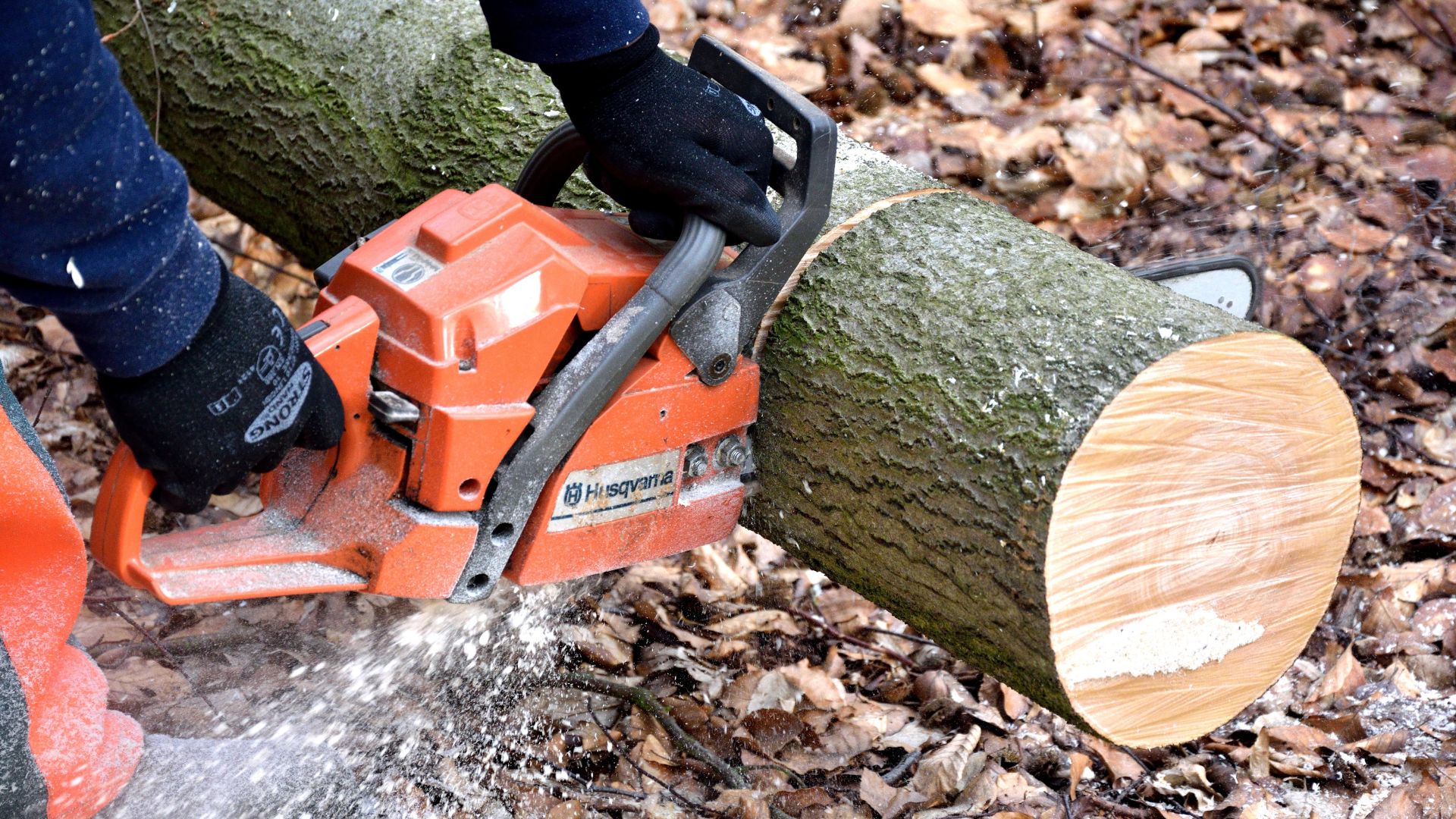As someone who’s spent years around woodworking environments, I want to share some crucial information about sawdust exposure – a hazard that many of us unwittingly face in our workshops, construction sites, and DIY projects.
Why Sawdust Is More Dangerous Than You Think
Picture this: You’re sanding a beautiful piece of oak, and tiny particles dance in the sunlight streaming through your workshop window. While it might look magical, these microscopic particles can pose serious health risks. The smallest dust particles, often invisible to the naked eye, are actually the most dangerous because they can penetrate deep into your lungs.
Immediate Health Effects
When sawdust first enters your airways, you might experience what seems like typical irritation – sneezing, coughing, or a runny nose. But don’t brush these symptoms off as mere inconveniences. These are your body’s warning signals that something isn’t right. I’ve seen countless woodworkers ignore these early signs, only to develop more serious issues later.
Long-term Respiratory Concerns
The real trouble begins when fine sawdust particles accumulate in your lungs over time. Some woods, like cedar and redwood, contain natural compounds that can trigger severe allergic reactions. Oak and beech dust are particularly concerning because they’ve been linked to nasal cancer in furniture industry workers. Trust me, I’ve met veteran woodworkers who wished they’d taken dust protection more seriously in their early years.
Protecting Yourself: Essential Safety Measures
The good news is that protecting yourself isn’t rocket science. Here’s what works:
First, invest in a quality dust collection system. It’s your first line of defense. Think of it as a vacuum cleaner on steroids – it catches dust before it can become airborne and cause problems.
Second, wear appropriate respiratory protection. A basic dust mask might be fine for quick cuts, but for extended work, you’ll want a proper respirator rated for fine wood dust. I learned this lesson the hard way after developing a persistent cough that took weeks to clear.
Beyond Personal Protection
Consider your workshop’s ventilation. Open windows and doors aren’t enough – you need proper air movement. Installing air filtration systems can make a huge difference in air quality. I’ve found that running an air cleaner for an hour after working helps capture lingering particles.
When to Seek Medical Attention
If you experience persistent coughing, wheezing, or chest tightness, don’t wait it out. These symptoms could indicate sensitization to wood dust, which typically worsens with continued exposure. Some of my colleagues ignored these warning signs and developed chronic respiratory conditions as a result.
The Bottom Line
Working with wood is incredibly rewarding, but it shouldn’t come at the cost of your health. Every time you step into your workshop, remember that the dust you create today could affect your breathing tomorrow. Take precautions, stay vigilant, and make safety your top priority.
Remember, a clean workshop is a healthy workshop. Whether you’re a professional woodworker or a weekend warrior, these safety measures aren’t just suggestions – they’re essential steps for a long and healthy career working with wood.



